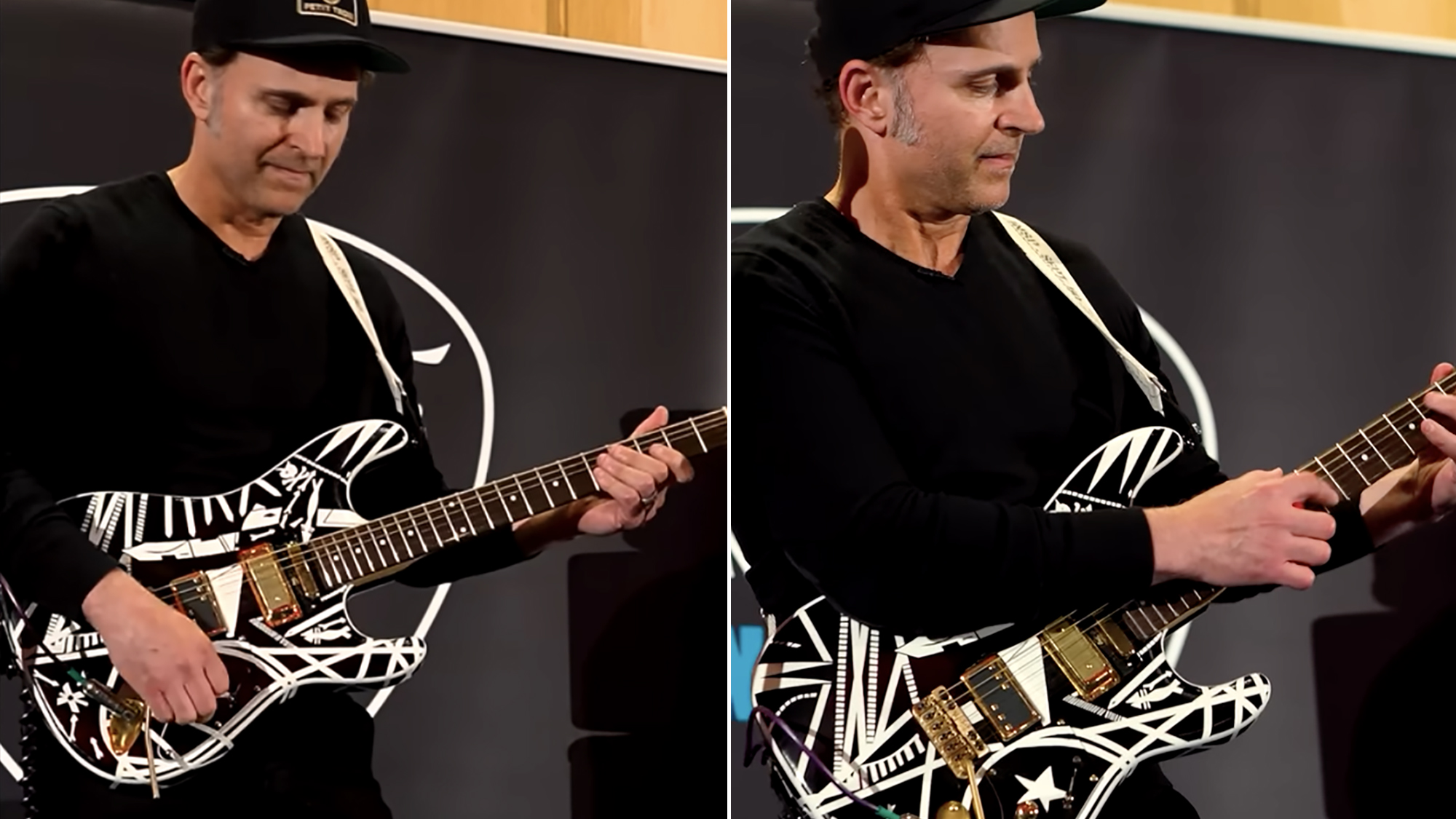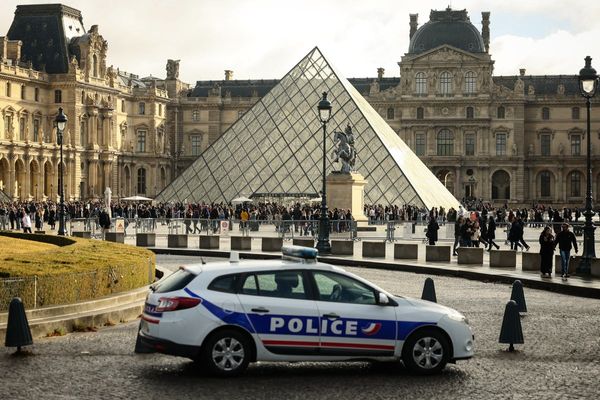
Although amp modelers have radically advanced over the past few years thanks to some cutting edge tech, there are still those who believe digital guitar gear will never truly compete with the tones of traditional tube amps. However, when it really comes down to it, how many players can actually tell the difference between a real and digital amp?
That's a question Dweezil Zappa has sought to answer. The electric guitar experimentalist has revealed the findings of his 'Eruption Challenge', the concept of which is simple: he shreds Eddie Van Halen's Eruption twice – once with a real Marshall tube amp and once with a Fractal Axe-Fx II – to see if listeners can actually tell the two apart.
He delivered his test in the UK, during a clinic for music store Andertons, and has documented his findings in a new video (which, he recommends, should be experienced with headphones one).
"In this video I attempt to recreate the sound of Eruption with a Fractal and an amp I've never played, a Marshall JCM 900 Studio head and 4x12 cab," he writes. "While I didn't play it exactly note for note I do get close to the nuances in the phrasing at times."
Right off the bat, the two performances show just how close digital profiling is getting to the real thing these days, which is why even tube amp loyalists like John Mayer and Jim Root – who said he’d never player a modeler – have been won over by the digital side.
Playing discrepancies may slightly hinder results – “by the end of the tapping, my forearm is burning so bad,” Zappa says atop a sea of applause – and it isn’t the only caveat to consider when dialling in tones.
“Now, the record has a very specific sound,” Zappa further explains. “The mastered record is very different than the guitar sound that was recorded as the performance. It ends up being mixed, EQ-ed, it has compression. All these things color the sound or give it some other kind of detail, nuance, or character.
“So, how much of that do you try to put into programming with a modeler, and how much of that can you actually get out of playing directly into an amplifier? These are the things to consider.
“When I actually did the programming for the Fractal, the choice I made was to get closer to the sound of the guitar as it might have been on the stage or in the studio while he was performing,” Zappa continues. “Because if I went all the way to the very edge of brightness that a mastered record would have, it would be way too bright and it would hurt your ears.
“So, I chose to get as close to the feel as I could, and get as much gain out of the amp without using any kind of extra stuff – without using an overdrive pedal, compressor. or anything. It was just the guitar into the amp.
“Now, this particular amp, the JCM900 Studio head, was an amp I had never played before until that day, and I was surprised that I could get a sound that actually felt very Van Halen-ish to me.”
As such, his approach wasn’t to recreate the polished studio sound, but create a tone with the “nuance and feel” of the song while still working well in a live band setting.
In terms of whether listeners could tell the two performances apart, Zappa reports that each versions had votes cast for both the Fractal and the Marshall, which, he says, shows how it's becoming harder to truly tell the difference.
“What I'm seeing is, it's hard to tell the difference between the two,” he says. “The nuances and the detail in the music is where this becomes a different thing.”
You can watch the full experiment in the video above to see if you can tell the difference.







